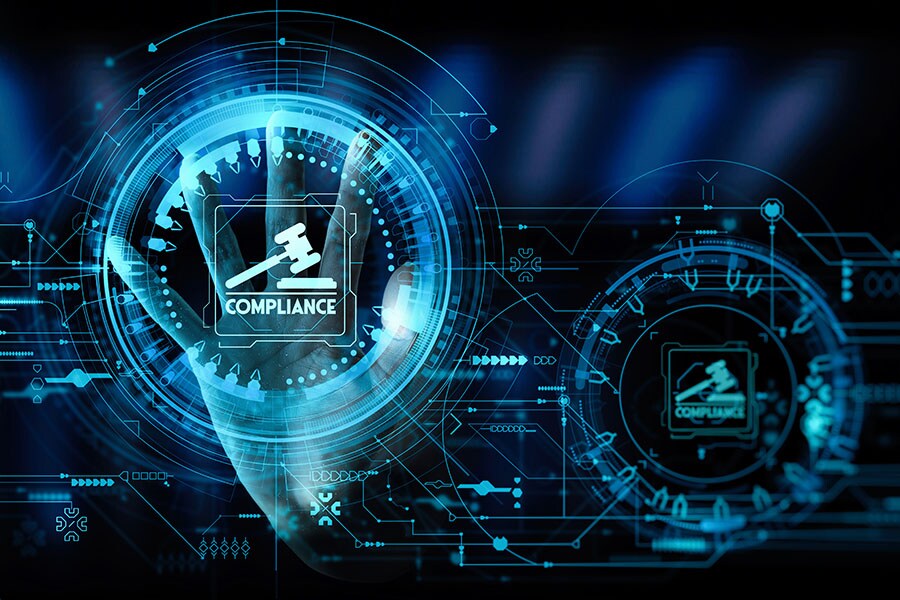
Without shared values and goals, tech regulations won't work
The world needs to harmonise goals and values to rein in the potential harm technology can cause
 Given the diversity of political and economic goals, values and agendas among global powers today, regulatory harmonisation is not only illusory, but it may also be dangerous. Image: Shutterstock
Given the diversity of political and economic goals, values and agendas among global powers today, regulatory harmonisation is not only illusory, but it may also be dangerous. Image: Shutterstock
Regulatory harmonisation—the practice through which regulators align policies and procedures across markets—has been a trend since the end of World War II. It is heralded as a tool that enhances trade, ensures product safety, fosters innovation, and even increases mutual dependence, thus, promoting world peace. The European Union is an evolving example of what can be achieved through harmonisation. It also lays bare its limits.
For it is no longer clear that harmonisation is always desirable, or indeed realistic, in the realm of technology even as tech regulations grow worldwide. Some of the biggest names in tech argue that technological progress should be paused. Countries are now imposing restrictions on one another’s innovations. The United States, for example, prohibits semiconductor chipmakers from selling advanced chips to China; Italy, among other countries, has blocked access to ChatGPT; and in China, which has long shut out Western tech platforms, access to the chatbot is reportedly banned.
We live in a world shaped by rising nationalism and widening inequalities. China and the West are on a potential collision course of decoupling and conflict while Russia is waging a brutal war against Ukraine, to name but two fault lines dividing us.
This dynamic and increasingly volatile context presses us to address a critical question: How can we build a digital world that is safe and beneficial for all? Is it enough to call for, say, China and the US to adopt the EU’s rules on digital services and artificial intelligence, while China and the EU adopt American financial regulations?
We don’t think so. We argue that calls for regulatory harmonisation to “tackle collectively” the risks posed by technology are misguided if the goals of the intended regulation and the values that are key to successful implementation are not examined.
[This article is republished courtesy of INSEAD Knowledge, the portal to the latest business insights and views of The Business School of the World. Copyright INSEAD 2024]







